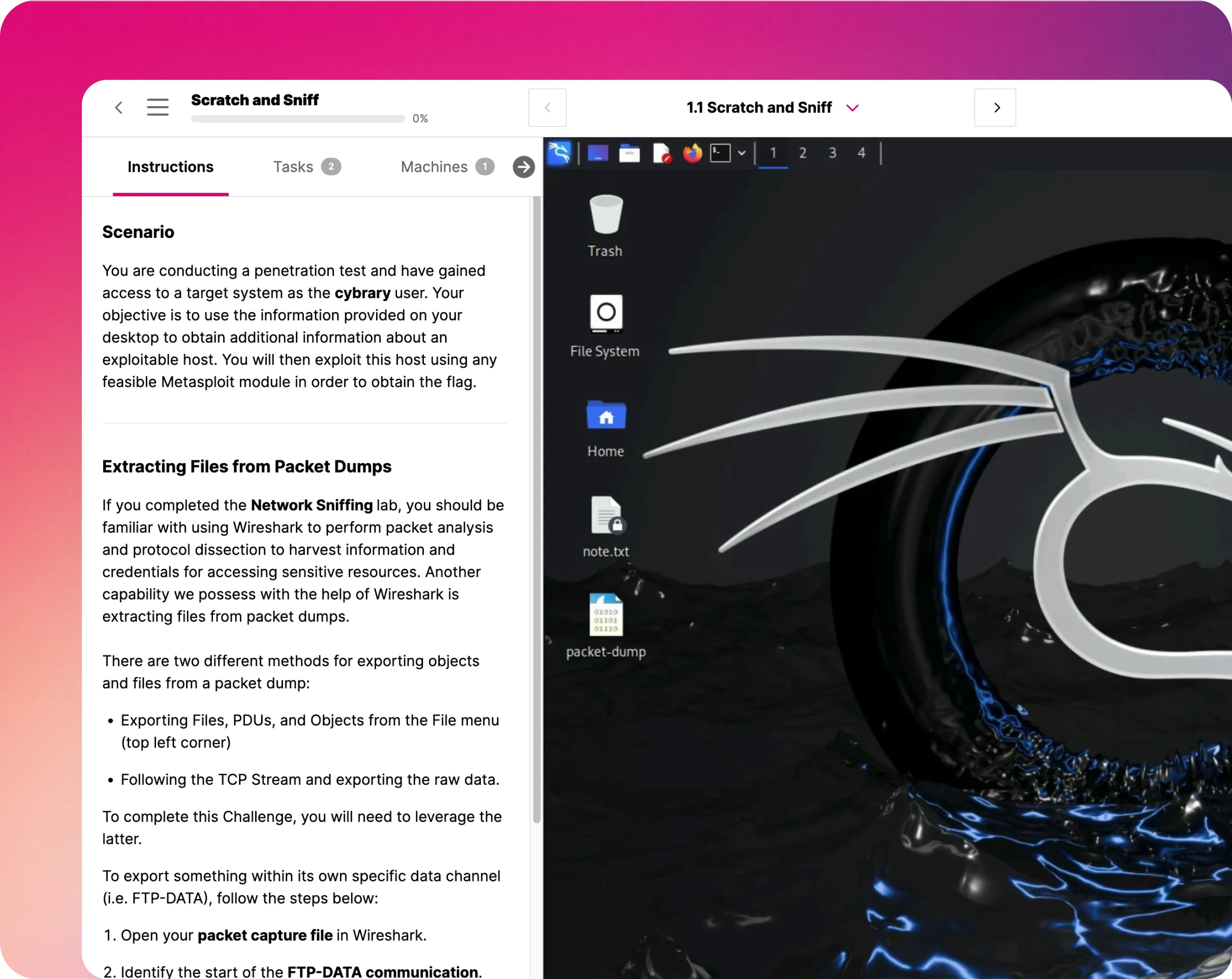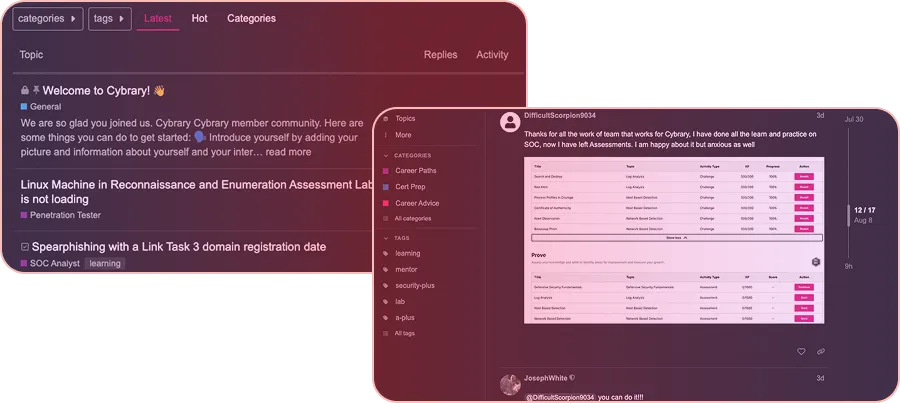Linux+: Security
This Linux+ Security course focuses on user and group management, Linux devices, and permissions, user types, and priviliege escalation.

Course Content
What is CompTIA Linux+?
Linux is a flexible, open-source, low-cost platform favored for its ease of use in virtualization and cloud-based applications. More organizations are adopting the Linux operating system into their enterprise, and thus the need for certified employees is growing.
Our self-paced online Linux+ training prepares students with the knowledge to become a CompTIA certified expert, spanning a curriculum that covers maintenance tasks, user assistance, and installation and configuration.
If you are a technician with six months (or more) experience installing, operating, and maintaining Linux systems, this course will help you to meet the certification requirements and prepare for the exam by providing you with a broad awareness of Linux operating systems. Individuals who hold this certification demonstrate critical knowledge of installation, operation, administration, and troubleshooting devices.
System administrators, junior network administrators, database administrators, and web administrators can all benefit from this certification.There is an increasing demand for skilled professionals who can help their organization transition to open-source platforms. This Linux+ certification can provide new opportunities for rising IT and cybersecurity professionals.
What Will I Learn in This CompTIA Linux+ Course?
Key topics:
- System architecture
- Linux installation & package management
- GNU & Unix commands
- Filesystems, and file structures
- Shell scripting and data management
- User interfaces and desktops
- Administrative tasks
- Essential system services
- Networking fundamentals
- Containers
- Overlay networks
- Version control with Git
- Infrastructure as Code
Skills covered:
- Explain and configure the Linux boot process
- Work with kernel modules
- Manage and configure network connections
- Configure storage in Linux
- Understand cloud and virtualization concepts
- Set time, time zones, and other localization
- Handle installation, update, and removal of software
- Create, modify, and delete users and groups; understand user types
- Understand file creation, text processing, and output redirection
- Control services using systems and/or SysVInit
- Describe and explain the roles of Linux servers
- Automate job scheduling
- Detail operation of Linux devices
- Know Graphical User Interfaces, remote desktop, console redirection, and accessibility
- Manage file and directory permissions
- Work with context-based Linux permissions in SELinux and AppArmor
- Understand and configure privilege escalation
- Implement and configure access and authentication methods
- Identify and configure Linux security best practices
- Configure logging services
- Enable and configure Linux firewalls
- Backup, restore, and compress files and directories
- Resolve issues by analyzing system properties
- Optimize performance by analyzing system processes
- Troubleshoot common user, application, and hardware issues
- Create, deploy, and execute basic BASH scripts
- Perform version control processes in Git
- Understand orchestration concepts and processes
Related Jobs:
- Technical Support Specialist
- Network Engineer
- System Administrator
- Security Engineer
What is CompTIA Linux+ Certification Training?
The main objective of the CompTIA Linux+ online training from Cybrary is to equip you with the knowledge and skills to feel comfortable operating and maintaining Linux systems. The course is also useful for certification exam prep. Cybrary's instructor-led training will cover all the topics that are on the official certification exam, so you can be prepared to earn your Linux+ certification.
What is Involved in the Linux Plus Security Training from Cybrary?
This comprehensive training course will fully prepare you to work with Linux systems. Some of the key topics include:
- Administrative tasks
- Essential system services
- Filesystems and file structures
- GNU and Unix commands
- Linux installation and package management
- Networking fundamentals
- Shell scripting and data management
- System architecture
- User interfaces and desktops
The Linux+ course is divided into 27 modules, and each section offers professional training and demonstrations on essential tasks. You will learn these specific skills:
- Determining and configuring hardware settings
- Designing a hard disk layout
- Booting the Linux system and installing a boot manager
- Using Debian, RPM, and YUM package management
- Working with the Linux command line
- Processing text streams using filters
- Creating partitions and Linux filesystems
- Handling file permissions and ownership
- Configuring and troubleshooting system network settings
Where Can I Take the CompTIA Linux+ Certification Training?
One of the most pressing details of any cyber security training is figuring out where and when to complete the course. Whether you currently have a full-time job or have a packed schedule full of other commitments, Cybrary makes it easy for you to continue your education. For your convenience, you can complete all of this Linux Plus certification training d online. This gives you the freedom to study at your own pace.
How Long Will it Take to Complete the Linux Plus Course?
This CompTIA Linux Plus course should take about 21 hours to complete. However, you can watch the bite-sized lessons that comprise this course on your own schedule. Whether you want to go through all the modules in one weekend or tackle everything over the course of a month, you have the flexibility to review the material as it fits into your schedule and lifestyle.



































